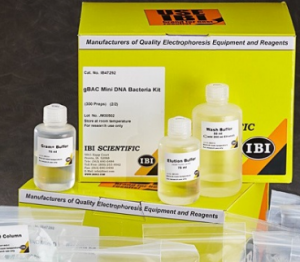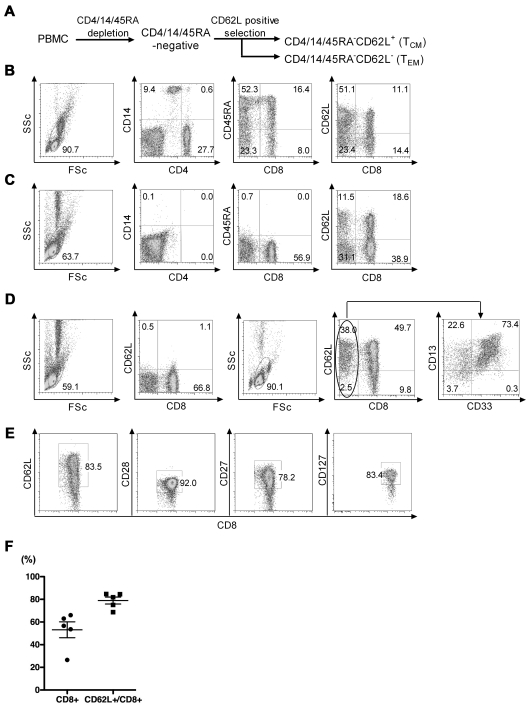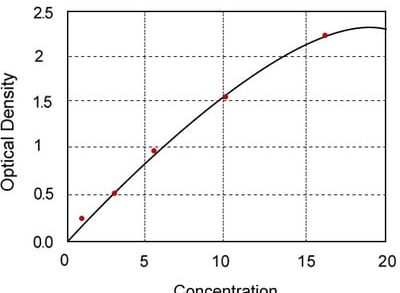
This promising new molecule developed by a team from the University of Maryland and Duke University opens a complementary path in the development of an HIV vaccine: its principle, stimulating an immune response against sugars which form a protective shield around the virus. Tested in animals, this candidate documented in the journal Cell Chemical Biology induces antibodies against the protective sugars of multiple strains of HIV.
Scientists have “gone” from “gp120”, a protein that coats HIV as a protective covering. A sugar shield covers the envelope of gp120 (in purple on visual), strengthening the defenses of HIV (in pink). The few people with HIV who can keep the virus at bay without medication usually have antibodies that attack gp120. But here they circumvent the challenge of developing an HIV vaccine targeting gp120 directly, which comes up against 2 difficulties: the resemblance of the sugar shield around the virus with the sugars present in the human body and the fact that antibodies against gp120 from a specific strain of HIV does not necessarily protect against other strains.

Researchers use a specific fragment of gp120, common to several strains of HIV
The researchers therefore used a specific fragment of gp120, common to several strains of HIV. They then combined this gp120 fragment with a sugar molecule, also common to several strains of HIV, to mimic the sugar shield present on the envelope of HIV. They show that this combined fragment, injected into rabbits, stimulates antibody responses against this shield of sugars and this for 4 different strains of HIV.
A promising result because the production of antibodies that directly target the defensive shield of the virus is an essential step in the development of a truly effective vaccine. The researchers said, however, that while the rabbits’ antibodies linked to the gp120 protein, they did not stop living HIV from infecting the cells.
2 to 4 years to build anti-HIV immunity: a result that does not surprise them since it usually takes up to 2 years to build immunity against HIV and the animal study only lasted two months. They find it indeed “encouraging” “the ability of the candidate vaccine to produce substantial antibodies against the sugar shield in just 2 months” when previous research estimated up to 4 years, the time required to obtain similar results.





